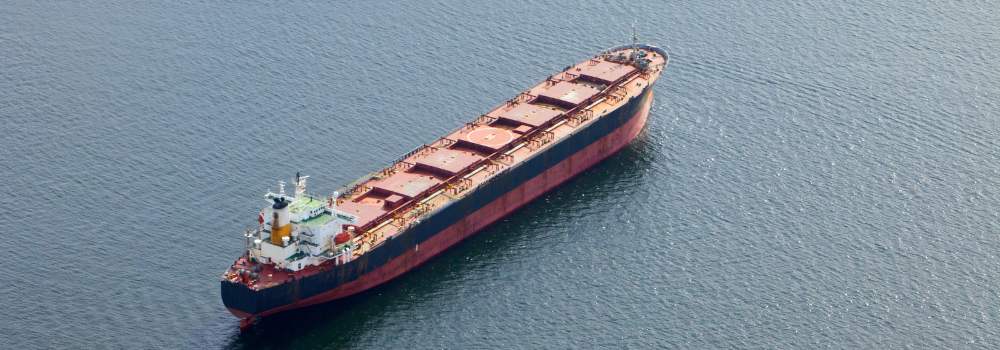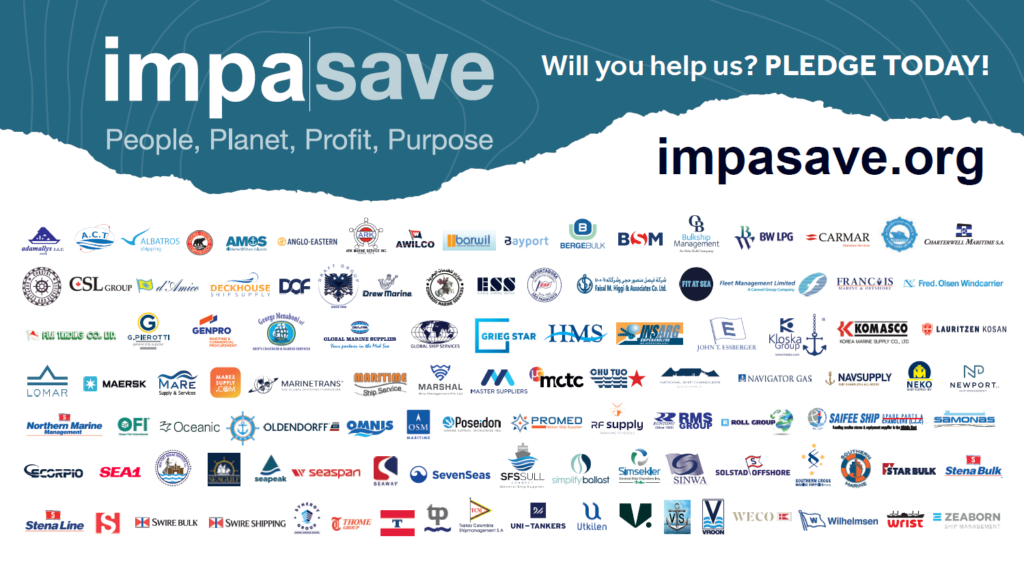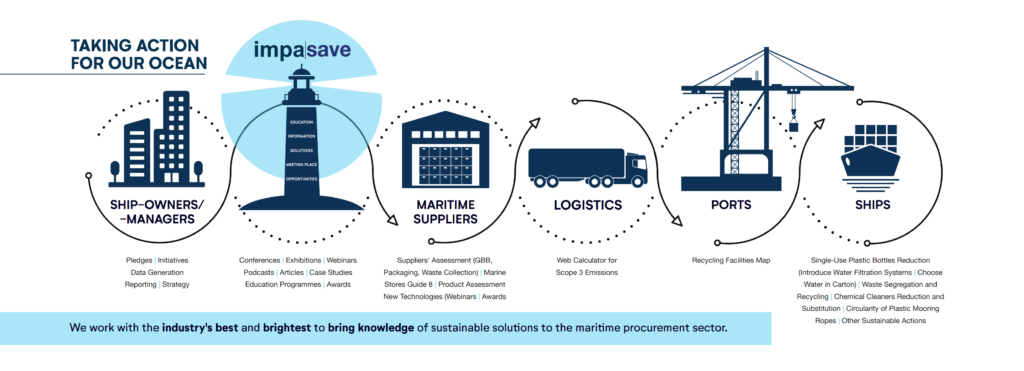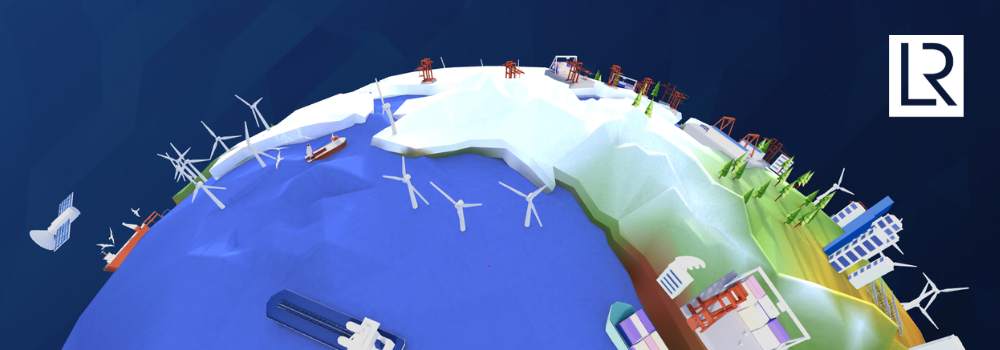When one of the largest container service providers ordered a series of new ships recently, it was another significant contribution to the world fleet’s decarbonisation process. The alternative fuel selected for these newbuildings was methanol, which is proving a popular choice among shipowners seeking to reduce their vessels’ carbon emissions.
Earlier this year Ocean Network Express (ONE) ordered a series of twelve 13,000 teu container ships from two Chinese shipbuilders for delivery in 2027 and 2028. These were described in a press release as the inaugural fleet of methanol dual-fuel ships intended to contribute to the company’s sustainability goals “as part of the green strategy”.
Only a small proportion of the existing world merchant ship fleet – consisting of tankers, bulk carriers, container ships, gas carriers and other vessel types – is currently able to use alternative fuels or propulsion. But the proportion is growing and a much higher newbuilding order book percentage is now in this category.
What do the statistics show?
Measured by ship tonnage, about 7% of the entire world merchant ship fleet currently is able to use alternative fuels or propulsion. This share has increased from under 5% two years ago, and some estimates suggest it could reach 9-10% by 2026.
Focusing on the global merchant ship newbuilding orderbook percentage provides a clearer indication of how the industry is embracing the trend. According to data compiled by Clarksons Research, alternative fuels uptake has resulted in around half the current orderbook being comprised of newbuildings capable of using one of a wide range of alternatives.
The biggest part, 36% of the current orderbook, is ships set to use liquefied natural gas. Methanol is the second largest category with 9% of the total orderbook tonnage. The remainder is ships that will use liquefied petroleum gas (about 2%), while another 3% or so use other alternatives including hydrogen, ethane, ammonia, biofuels and battery/hybrid propulsion.
Progress towards sustainability goals is benefiting from other contributions. Energy saving technologies reduce fuel consumption and emissions. The Clarksons Research data also shows that a third (by tonnage) of the world’s existing merchant ship fleet on the water is fitted with one or more energy saving technologies including propellor ducts, rudder bulbs, flettner rotors, wind kites, air lubrication systems and other devices or systems.
Another significant feature is modern ‘eco’ vessels, designed to achieve the most economical fuel consumption, thereby also reducing emissions. These ships now comprise about a third of the present fleet, up by about six percentage points from two years ago.
The existential challenge
The figures for decarbonisation progress so far tend to confirm opinions among many industry observers. It has been frequently suggested that no single ‘obvious’ alternative fuel or propulsion that can be adopted to substitute for marine bunker fuel oil has yet emerged. Even after several years of intensifying discussion and almost obsessive albeit essential focus on this topic, the solution to this problem remains elusive: it is a conundrum.
Lack of clarity and uncertainty about several aspects has resulted is difficulties for investors in making decisions about ordering new ships or modifying existing vessels. Unanswered questions prevail about how the necessary technology will advance, future availability and pricing of many alternative fuels, the safety of seafarers and – crucially – what the future international regulatory regime will specify.
Indications of how trends in alternative fuel adoption could evolve over the longer term were provided by recent research conducted by classification society American Bureau of Shipping, published in a report last month. A “substantial and continuous transition in the maritime sector towards cleaner alternative fuels” is envisaged. The ABS calculations suggest that by 2050 traditional fossil fuel use could be reduced to a 15% market share, while methanol rises to 42% and ammonia to 33%.
Evidence contained in the fleet and newbuildings statistics confirms that the process of decarbonising the world fleet of merchant ships is under way. Another classification society, Lloyd’s Register, stated a few weeks ago that “the adoption of new environmentally friendly technologies in association with an increase in the maturity of the alternative fuels is slowly but gradually increasing as more governments declare their commitment to investing in port and bunkering infrastructure”.
These are useful perspectives and a focus for discussion and evaluation. But great uncertainty about what fuels and technology to embrace seems likely to persist during the period immediately ahead. Although the decarbonisation trend’s broad direction is visible, attempts to predict in more detail how an extended process stretching out over a quarter century up to 2050 will unfold is more difficult.
by Richard Scott FICS
Committee Member, London & South East Branch, Institute of Chartered Shipbrokers





